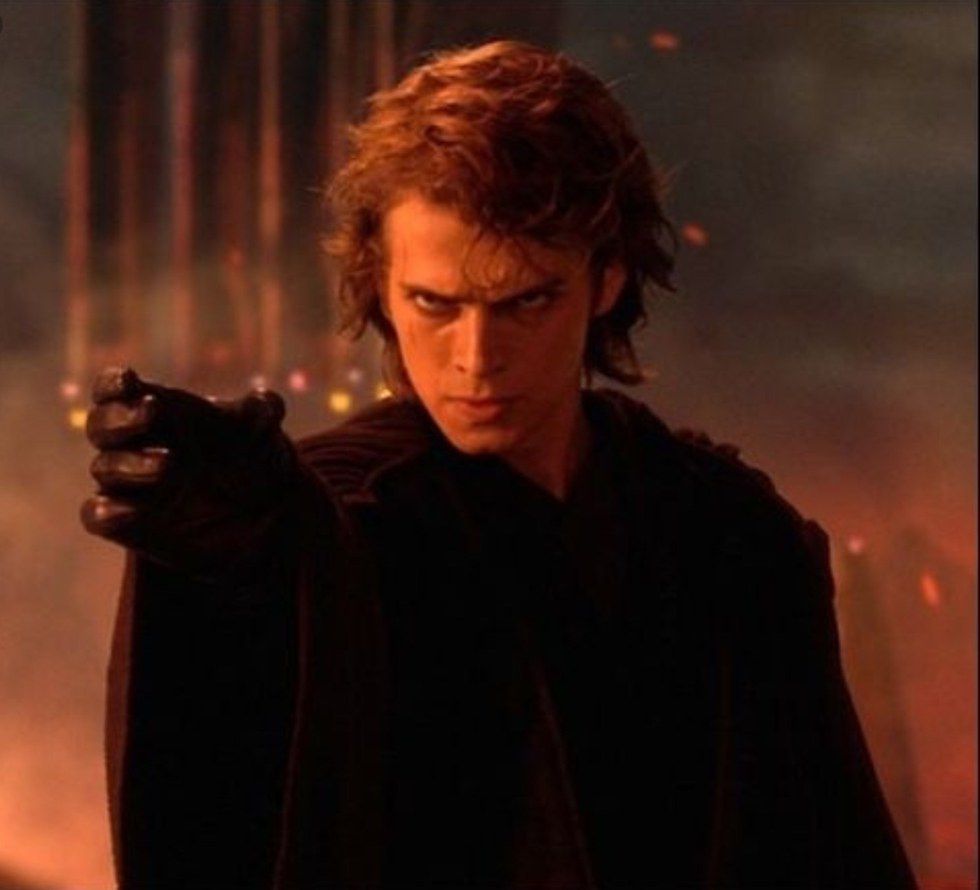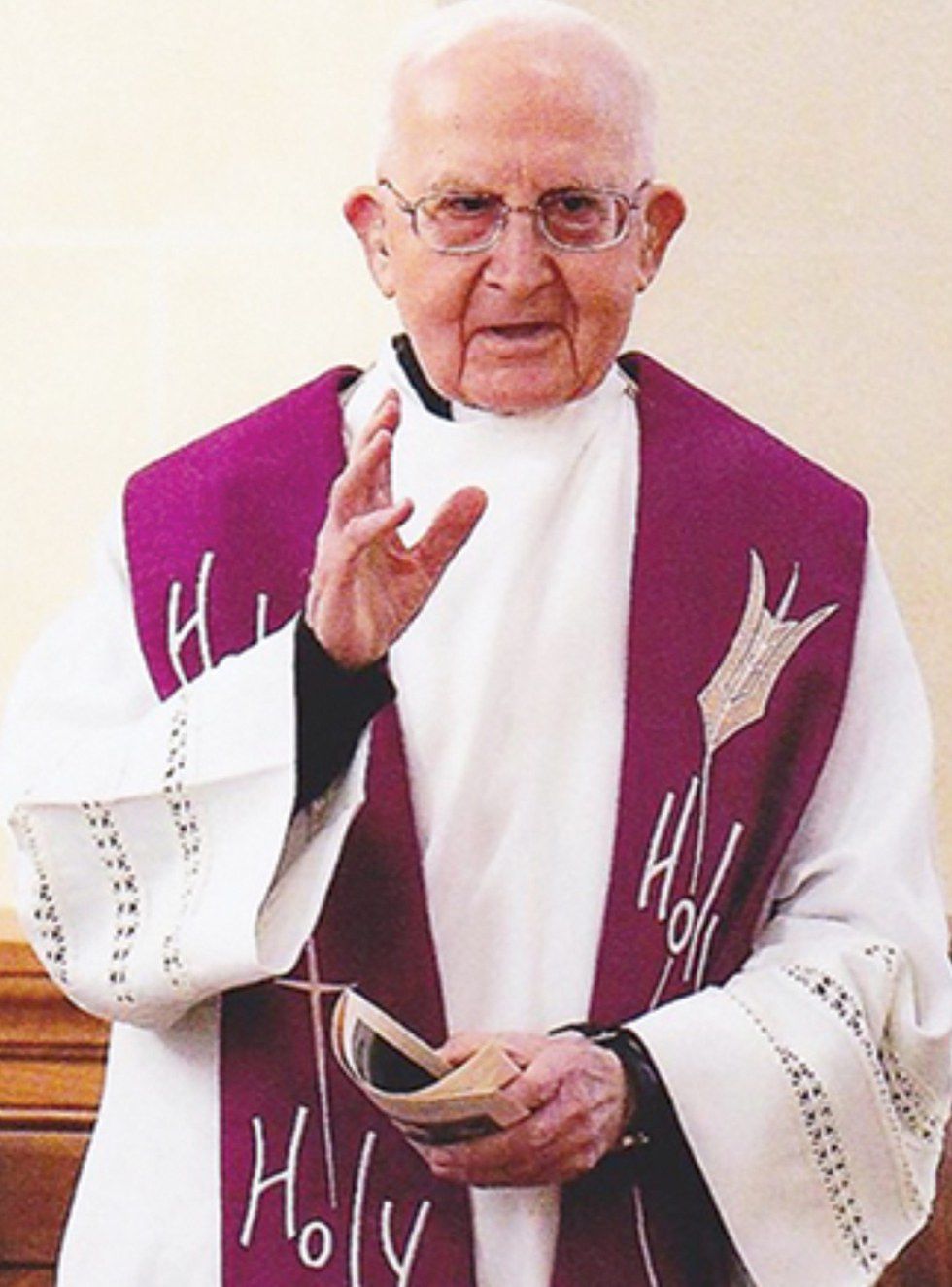Every weekend, millions of Catholics across America fill the pews of churches to participate in a thing we call "Mass."
For various reasons, it may be the first time some of the attendees have ever been to a Mass. They may be someone who recently found God after coming to the inevitable realization that our world is in the shitter, or someone who is trying to impress their religious significant other with their open-mindedness, or perhaps they are there because they have heard how lit the liturgy can be and wanted to see it for themselves.
Whatever the reason, for any new church goer the whole event can be a somewhat daunting experience. And for good reason. It's a large gathering of people that is riddled with endless potential awkward interactions, as well as 2,000 years of tradition all packed into an hour long service. For these reasons, I have decided to make the following guide of the Catholic mass for beginners. It will break down certain aspects of the mass, and help new church goers steer clear of the numerous potential awkward situations.
Mass Times
The first important thing to know about the mass is what time you should go. While congregations vary, in general there are four typical mass times: 5 p.m. on Saturday, as well as 8 a.m., 10 a.m., and 5 p.m. on Sunday.
5 p.m. Saturday and 5 p.m. Sunday are Mass times no one really wants to go to, but a lot of people end up being at. These times will hang over your head and rid you of the ability to do anything productive all day, but on the other hand, you don't have to wake up before 12 p.m. on a weekend like some kind of maniac.
Next, we come to the 8 a.m. slot. The 8 a.m. Mass is for hardcore Catholics who love Jesus way more than you do. The most common attendees are elderly people who are likely trying to earn extra brownie points with the man upstairs before they... you know... meet Him.
This leaves us with the 10 a.m. Mass, which is by far the most popular time to go to mass. It's filled with young families that have 4 kids all under the age of 8 and need a miracle every Sunday to get everyone out of bed, let alone to church on time. Other common 10 a.m. attendees are the young adults who are too busy turning up at 5 p.m. Saturday night and too hungover at 8 a.m. to go to Mass.
Where to Sit?
Where you sit is an extremely important aspect of the Mass. If you're too close to the front, you'll feel pressured to laugh when the priest makes a cheesy joke. And being on the ends of the pew makes you a perfect target to be asked to volunteer for stuff such as bringing up the gifts. Consequently, I've found the optimal position to be in the middle of the pew in the mid to back half of the church. That way you're also beyond the reach of any priest who likes to work the crowd during his homily and ask questions.
Potential drawbacks of this spot include more potential hands to shake during the sign of peace, which doubles your odds of awkward interactions. Also, being in the middle of the pew means you won't be in the ever-coveted "splash zone" when the priest goes around showering people in holy water on Palm Sunday.
Prayers
Prayers are to Catholics as Coldplay songs are to Coldplay fans: they are large collections of words that everyone should know but end up just mumbling through in unison with everyone else. So don't feel bad that you don't know the words, because people who have been going to Mass a lot longer than you still don't even know what they're saying. But to make it look like you know what you're doing, just do what I did when I was a kid and alternate silently mouthing "watermelon" and "cantaloupe."
The Our Father
This is the first part of the mass with serious potential for some kind of awkward blunder. During the Our Father it is tradition for people to extend their hands to the people next to them, join hands, and recite the Our Father. However, if you are next to people you don't know they/you might be hesitant to clasp a stranger's hand. Then before you know it you will be stuck in some kind of bizarre hand hovering limbo.
So when it comes time for the Our Father, be assertive. Don't wait, just reach out, grab their hand, and be at peace knowing you prevented a truly awkward situation. However, don't get too cocky because right after the Our Father comes the sign of peace.
The Sign of Peace
Trying to smoothly make your way through the sign of peace feels a lot like tip toeing your way through a minefield. You'll be ever so tentative, with every move being meticulously calculated and thought out. But with one misstep BOOM you're suddenly in a cold sweat apologizing to a random stranger for your existence.
And believe me, there are sooo many ways for you to misstep during the sign of peace. Perhaps the most internally painful one being when you shake someone's hand as they go to shake someone else's creating some sort of unintended handshake ménage à trois.
Now, there is no way to completely avoid the pitfalls of the sign of peace, but by using the following strategy you can certainly lessen the amount of embarrassment.
Once the priest/deacon says, "Let us offer each other the sign of peace," turn to the people directly to your left and your right shake their hand. Then do not even look at anyone else, pretend your shoelace being "untied" is of dire importance, and drop down to retie it for the rest of the sign of peace.
If you get this far with out any mishaps, you're pretty much home free. After this all you have left is communion. And all you have to do there is follow people to the man handing out little wafers. Once you reach him just cross your hands across your chest as he uses the Force to descend a blessing upon you.
No, not like that.
Like that.
Then as long as you don't forget what pew you were in on your way back from communion and get hopelessly lost, congratulations, you made it through the your first mass.























